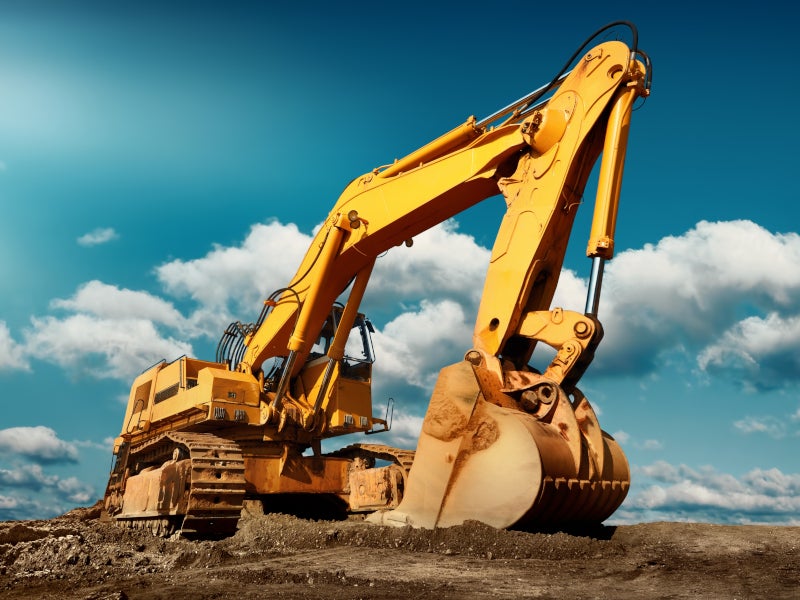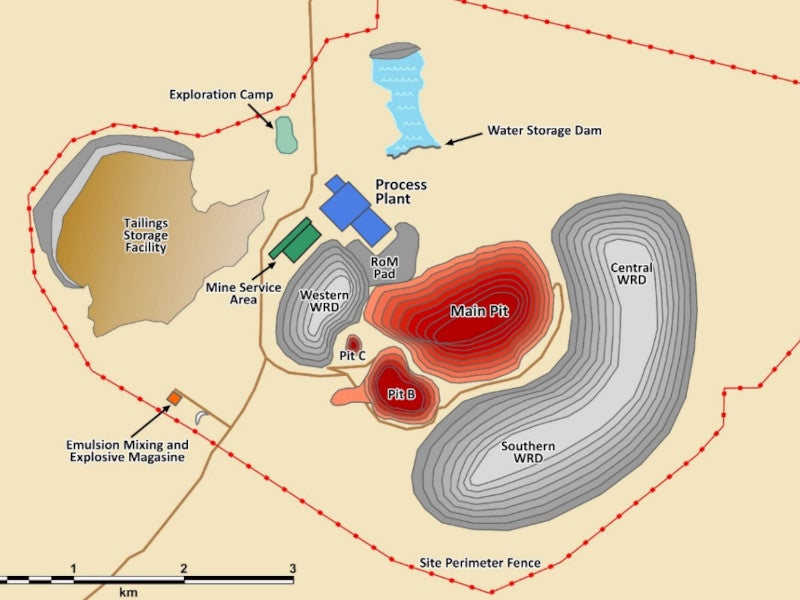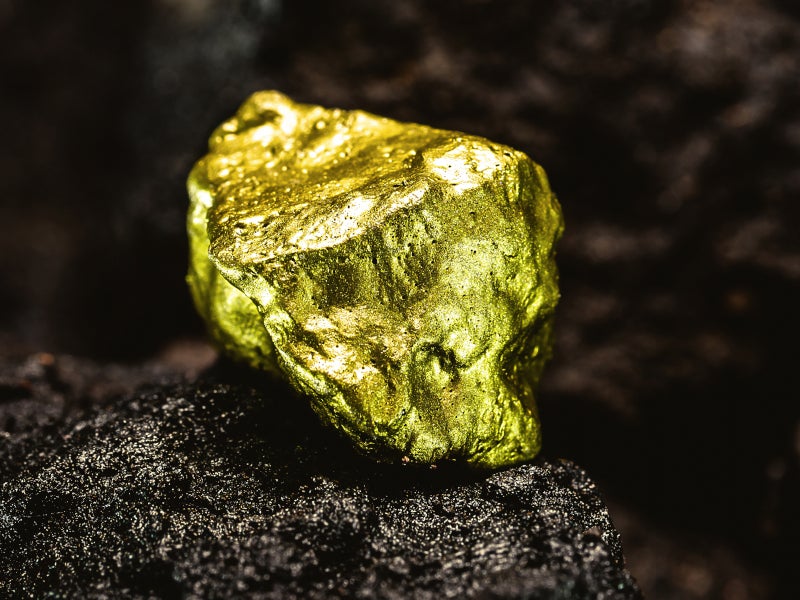The Lafigue gold project, situated in Cote d’Ivoire of West Africa, is being developed as an open-pit mine.
Endeavour Mining holds an 80% stake in the project while the government of Cote d’Ivoire and Société pour le Development Minier de la Côte d’Ivoire (SODEMI) own 10% each.
The prefeasibility study for the Lafigue project was finalised in December 2020 while the definitive feasibility study (DFS) was completed in June 2022. The project has an estimated mine life of 13 years.
The first gold production at Lafigue is expected in the second quarter (Q2) of 2024, with an average annual gold production rate of 212 million ounces.
An exploration programme with a budget of $4.0m is scheduled for 2024 to follow up the drilling and trenching results at the WA05 and Central Area targets, which are located within a 5km radius of the Lafigue deposit.
Location
The Lafigue project is situated in the north-central region of Cote d’Ivoire, West Africa, on the Fetekro Exploration Permit (PR 329), about 330km north-north-west of Abidjan, the port city.
The south-west corner of PR 329 is 63km north-east of Bouake, Cote d’Ivoire’s second-largest city, and 38km east of Katiola.
The north-west corner is approximately 18km west-south-west of Dabakala while Endeavour’s Lafigue Exploitation Permit is encompassed within the boundary of PR 329.
Geology and mineralisation
The Lafigue deposit consists of Birimian volcanic complex, primarily composed of mafic rocks with felsic intrusions (granodiorite or tonalite) in the western part of the prospect.
Gold mineralisation typically occurs within quartz-carbonate-tourmaline-pyrite-pyrrhotite veins and the associated alteration zones of biotite-tourmaline-sericite-chlorite-carbonate. The veins usually exploit the gently dipping, brittle-ductile reverse shear zones.
Additionally, gold is found within broader zones of altered, stacked shear zones in the hanging wall of the main lithological contacts.
Reserves
The probable reserves of the Lafigue gold project are estimated to be 49.81 tonnes (t), with an average grade of 1.69g per tonne of gold as of June 2022. The total contained metal is estimated at 2.71 million ounces.
Mining method
Conventional open-pit mining method, involving trucks and excavators, will be employed at Lafigue. Operations will be conducted on 10m benches with double batters to achieve the final bench height of 20m.
Depending on the required vertical selectivity, mining will occur in three to four flitches.
The mining operation will be executed in four stages. The open pit has been designed with various stage pushbacks and includes smaller pits southeast of the Main Pit.
Stage one will include the satellite pit, Pit C, Pushback-1 of the satellite pit, Pit B, and Pushback-1 of the Main pit and Pit A. In stage two, the Main pit will be extended to the east and down to a depth of 135m, with a maximum depth of 230m.
Stage three will achieve a maximum depth of 230m in Pit A Pushback-3, with Pits B and C reaching their final limits. Stage four will extend the Main pit to its maximum depth of 338m while advancing to the south-west to reach the final pit wall and forming the ultimate pit design.
Ore and waste will be loaded using hydraulic diesel shovels while material will be handled by diesel-powered trucks.
The proposed mining fleet includes Komatsu PC3000 shovel with 150t Komatsu HD-1500 dump trucks for waste. The proposed ore handling equipment includes 100t Komatsu 785-7 trucks with Komatsu PC2000 or equivalent.
Ore processing
The run-of-mine ore will be crushed in a primary jaw crusher followed by a secondary cone crusher.
The crushed ore from the stockpile will be fed into a high-pressure grinding rolls unit operating in a closed circuit.
The crushed ore will then be milled to the required grind size for optimal gold leaching. The grinding circuit will include a ball mill in a closed circuit with cyclones, and gravity gold recovery will be conducted on a portion of the cyclone underflow.
The gravity circuit will have two parallel trains, each with a scalping screen and a centrifugal concentrator. An intensive cyanidation reactor (ICR) will process the combined gravity concentrates. The cyclone underflow will partly flow to the scalping screen, with the gravity concentrator discharges stored in the ICR feed cone.
Following milling, the slurry will pass through trash screens to remove foreign particles, and then to a preleach thickener. The leaching circuit will comprise seven tanks in series, with a one-preleach/six-carbon-in-leach configuration.
Gold and silver will be leached using sodium cyanide and air, with the metals recovered from the solution by adsorption onto activated carbon.
The carbon will be eluted to recover the precious metals, and the gold sludge will be filtered, dried, and smelted to produce dore bars.
Site infrastructure
An upgrade to the existing public road/track from Koundoudougou is underway, which will include an all-weather unsealed road extending south-east towards Lafigue village. A new 2km access road will bypass the village, leading to the main site gate.
The Autonomous Port of Abidjan will be utilised as a logistics function to the Lafigue project.
The power supply for the project will be sourced from a 225kV transmission line to a substation at the project site to be operated by Compagnie Ivoirienne d’Electricite.
Raw water will be sourced from a water harvesting dam that will collect surface water runoff during the wet season. Groundwater, sourced from dedicated bore fields, will be treated to produce potable water.
Contractors involved
MOTA-ENGIL, a contract mining company based in Portugal, announced in December 2022 that it had signed a mining services contract for the project for a period of 60 months through its African subsidiary.
Lycopodium, an engineering consulting business, was responsible for preparing the DFS. The company was subsequently awarded the engineering, procurement and construction Management services for the project in November 2022.
SRK Consulting, a leading international mining consultancy, produced the mineral resource estimate for the Lafigue gold deposit.
Knight Piésold, a global consulting company, designed the site water management infrastructure as per the DFS.
Bastion, a multidisciplined engineering company, conducted geotechnical studies for the mine area.






